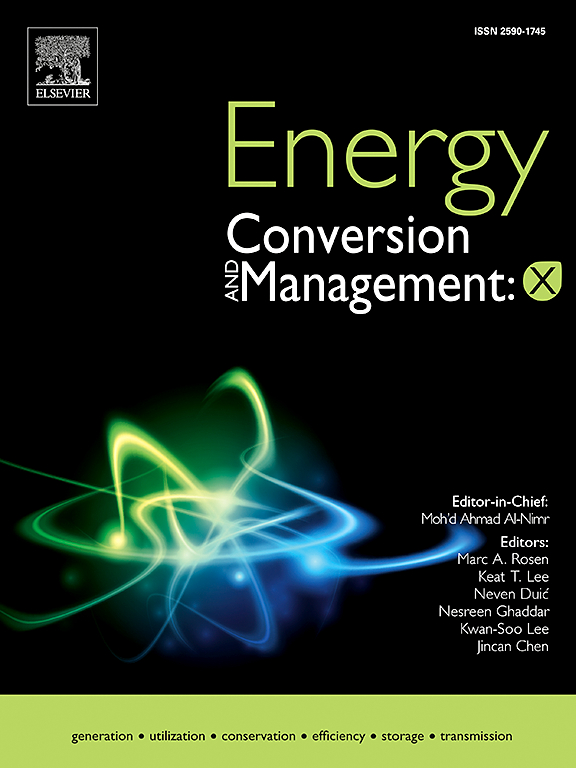Guidance for combining radiative cooling and evaporative cooling: A heat and mass transfer analysis
IF 9.9
1区 工程技术
Q1 ENERGY & FUELS
引用次数: 0
Abstract
Radiative cooling technology has been demonstrated its effectiveness in various sectors. Rational combine of radiative cooling and evaporative cooling can greatly enhance its passive cooling performance. However, the present combinations generally lack appropriate thermodynamic design guidance, and the performance limitations for different cases are unclear. In this work, we analyzed the heat and mass transfer characteristics for different combination cases, and suggested their optimal application scenarios correspondingly. The current combinations can be divided to three types, namely, the monolayer structure, the infrared-emissive bilayer structure, and the infrared-transparent bilayer structure. Specifically, the monolayer hydrogel structure with low evaporation resistance can always produce larger cooling power, and the two bilayer structures can achieve lower cooling temperatures during the day and part of the night due to their lesser solar absorption and parasitic heat gain. Meanwhile, we proposed an optimized above-ambient cooling structure and a sub-ambient cooling structure, which can generate an extra cooling temperature reduction of 2 °C and 3 °C, respectively. Moreover, the multifaceted effect of hygroscopic salt on hydrogel evaporation was quantitatively analyzed. This work provides the design guidelines for combining radiative cooling with evaporative cooling from a thermodynamic perspective.
求助全文
约1分钟内获得全文
求助全文
来源期刊

Energy Conversion and Management
工程技术-力学
CiteScore
19.00
自引率
11.50%
发文量
1304
审稿时长
17 days
期刊介绍:
The journal Energy Conversion and Management provides a forum for publishing original contributions and comprehensive technical review articles of interdisciplinary and original research on all important energy topics.
The topics considered include energy generation, utilization, conversion, storage, transmission, conservation, management and sustainability. These topics typically involve various types of energy such as mechanical, thermal, nuclear, chemical, electromagnetic, magnetic and electric. These energy types cover all known energy resources, including renewable resources (e.g., solar, bio, hydro, wind, geothermal and ocean energy), fossil fuels and nuclear resources.
 求助内容:
求助内容: 应助结果提醒方式:
应助结果提醒方式:


